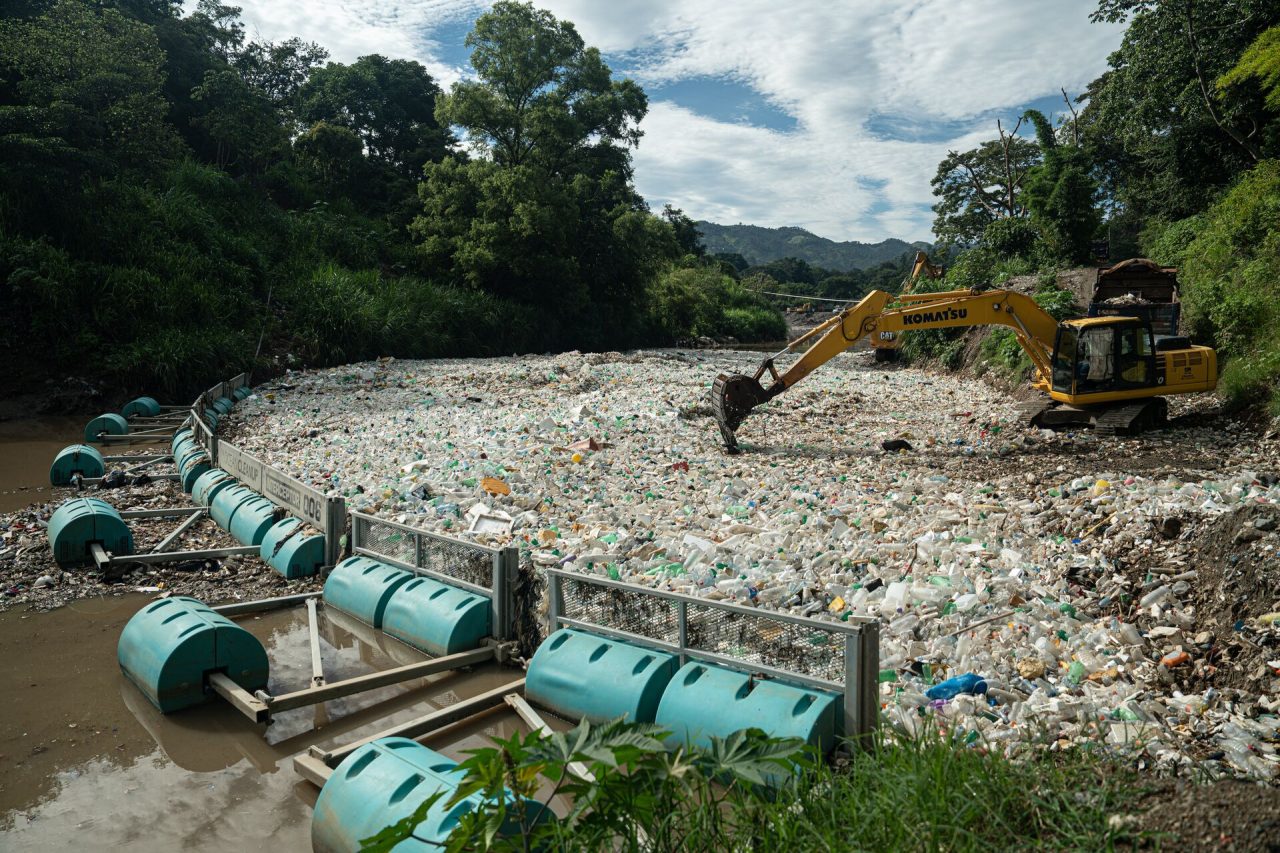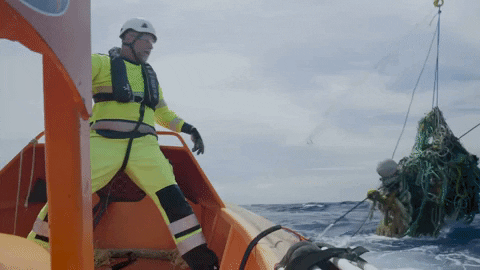Oceanic regions shape the composition of the Antarctic plastisphere
June 2025, Article in a Peer-Reviewed Journal
Communications Earth & Environment
Abstract
Antarctica, once considered pristine, is increasingly threatened by plastic pollution, with debris found in its waters, sediments, sea ice, and biota. Here, we provide a comprehensive molecular survey of both prokaryotic and eukaryotic diversity on plastics around the Antarctic Peninsula, addressing a gap in existing research. Using eDNA metabarcoding, we identified diverse communities, with Pseudomonadota and Bacteroidota dominating prokaryotic communities, while Gyrista (mostly diatoms), Fungi and Arthropods were prevalent among eukaryotes. Geographic location significantly influenced community composition, with differences between the Bransfield Strait and the Gerlache Strait/Bellingshausen Sea. Polymer type and plastic shape did not impact species richness or community structure. These findings offer new insights into the complexity of the Antarctic plastisphere, highlighting potential impacts on biodiversity, ecosystem functions, and the broader implications of marine plastic pollution.

